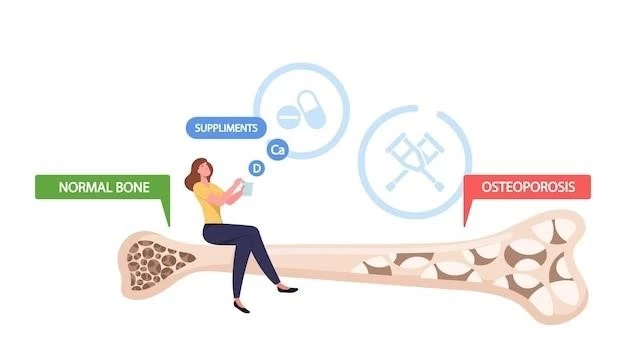LRP5 high bone mass (HBM) is an autosomal dominant endosteal hyperostosis caused by mutations of the low-density lipoprotein receptor-related protein 5 (LRP5) gene. The disorder is also known as Autosomal dominant osteosclerosis or Worth disease, characterized by increased bone density and benign bony structures on the palate.
Definition and Background
LPR5 high bone mass (HBM) is a rare autosomal dominant disorder characterized by increased bone density due to mutations in the LRP5 gene. This condition is also known as autosomal dominant osteosclerosis or Worth disease.
Historical Perspective
Endosteal hyperostosis, also known as autosomal dominant osteosclerosis or Worth disease, was first described by Gorlin and Glass in 1977, initially named as an unrelated entity to Van Buchem disease.
Discovery and Naming
The condition now known as autosomal dominant osteosclerosis or Worth disease was initially described by Gorlin and Glass in 1977. The disorder was named to distinguish it from Van Buchem disease and has since been referred to by various synonyms such as endosteal hyperostosis, Worth type autosomal dominant osteosclerosis, and LRP5 high bone mass.
Clinical Features and Characteristics
Individuals with the osteosclerosis autosomal dominant Worth type show increased bone density and benign bony structures on the palate. This condition is caused by mutations in the LRP5 gene.
Skeletal Manifestations
The skeletal manifestations of osteosclerosis autosomal dominant Worth type include increased bone density and the presence of benign bony structures on the palate. These characteristics are attributed to mutations in the LRP5 gene.
Genetic Basis
Osteosclerosis autosomal dominant Worth type is caused by mutations in the LRP5 gene٫ leading to increased bone density and benign bony structures on the palate.
Association with LRP5 Gene Mutations
The osteosclerosis autosomal dominant Worth type is primarily associated with mutations in the LRP5 gene. These mutations lead to the characteristic increased bone density and benign bony structures seen in affected individuals.

Diagnosis and Differential Diagnosis
Diagnosis of Osteosclerosis autosomal dominant Worth type involves identifying mutations in the LRP5 gene and assessing increased bone density and bony structures on the palate. Differential diagnosis distinguishes it from other bone disorders.
Distinguishing Features from Other Bone Disorders
Osteosclerosis autosomal dominant Worth type can be distinguished from other bone disorders by characteristic features like increased bone density and the presence of benign bony structures on the palate, primarily linked to LRP5 gene mutations.

Management and Treatment
Management of Osteosclerosis autosomal dominant Worth type involves genetic testing for LRP5 mutations, regular monitoring of bone density, and potential treatment with bisphosphonates or other therapeutic interventions to manage bone complications.
Therapeutic Approaches and Considerations
When addressing Osteosclerosis autosomal dominant Worth type, therapeutic considerations focus on genetic testing for LRP5 mutations, regular bone density monitoring, and potential treatments like bisphosphonates to manage bone complications effectively.
Research and Future Perspectives
Ongoing research on Osteosclerosis autosomal dominant Worth type focuses on genetic testing advancements, exploring potential targeted therapies, and understanding the underlying mechanisms of LRP5 gene mutations for improved management strategies in the future.
